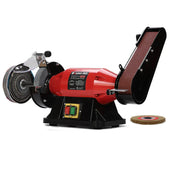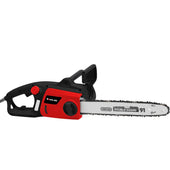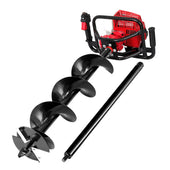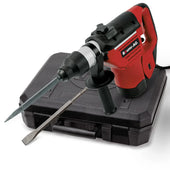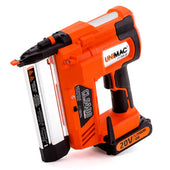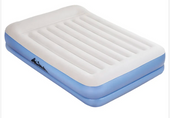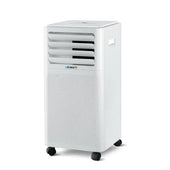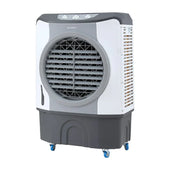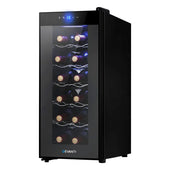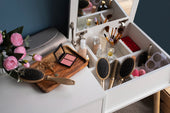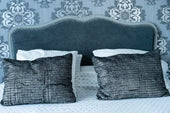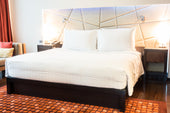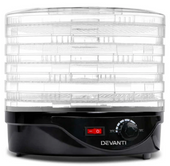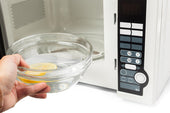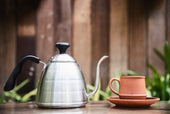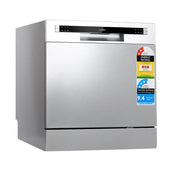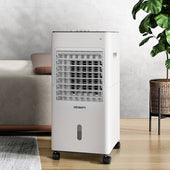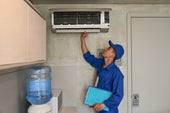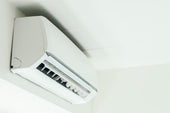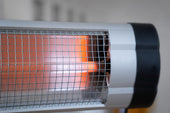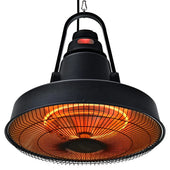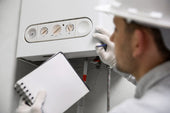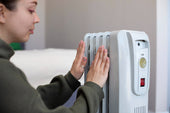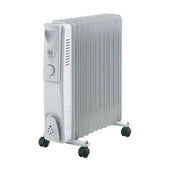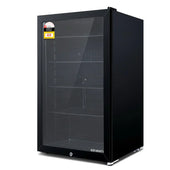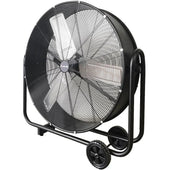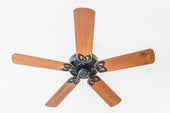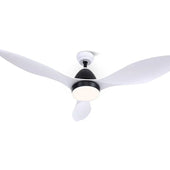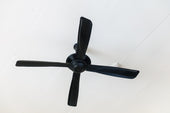Introduction: Why Durability Matters for Bedside Tables
Durability is a critical factor when selecting furniture, especially bedside tables, which are often exposed to daily use and minor impacts. These tables serve as storage solutions, hold essentials, and sometimes support heavy items like lamps or books. Poor durability can lead to warping, scratches, or even structural failure over time. The robustness of the material determines the lifespan of the furniture and avoids frequent replacements. Both wood and metal have unique qualities that affect their performance under wear and tear. Understanding these characteristics helps buyers make informed decisions while balancing aesthetic appeal with functionality during days.
Key Material Features: Wood vs. Metal
Wood
- Aesthetic Appeal: Wood offers a warm, natural look, blending seamlessly into traditional and rustic interiors.
- Variety: Available in different types like oak, pine, and walnut, each offering a unique grain pattern and colour palette.
- Surface: Wood is softer compared to metal, which makes it more prone to scratches or dents.
- Maintenance: Requires regular care such as polishing or waxing to maintain its appearance and longevity.
- Durability: Solid hardwood is sturdier than engineered wood or particleboard, making it a longer-lasting option.
Metal
- Strength: Metal boasts excellent tensile strength and can withstand heavy use without deforming.
- Minimal Upkeep: Unlike wood, metal pieces usually only require occasional cleaning and rarely face issues like chipping.
- Modern Look: Provides sleek, industrial styling that complements contemporary spaces.
- Weight: Lightweight metals like aluminium are easy to manoeuvre, while heavier metals like steel add robust stability.
- Corrosion Risks: Without protective coatings, metal can rust or corrode, particularly in humid environments.
Comparing Strength and Sturdiness
Wood and metal bedside tables possess distinct characteristics when it comes to strength and sturdiness.
- Wood: High-quality hardwoods like oak, teak, and walnut are robust and can bear significant weight without warping. However, wood may be prone to scratches, dents, or swelling when exposed to moisture.
- Metal: Metal tables, particularly steel or wrought iron, are exceptionally durable and less susceptible to wear. They resist warping and cracking, making them ideal for long-term use.
While wood offers natural warmth and a solid build, metal edges ahead with superior resistance to physical damage and environmental factors, making it sturdier in harsh conditions.
Resistance to Wear and Tear
Wooden bedside tables and metal bedside tables differ greatly in their resistance to wear and tear. Metal tables, typically made from materials such as steel or aluminium, are resistant to scratches, dents, and moisture-related damage. This characteristic makes them an excellent choice for long-lasting durability, especially in humid environments.
Wooden tables, while aesthetically pleasing, are more susceptible to scratches, stains, and warping over time, particularly if not treated properly. Proper sealing and finishing can enhance their resilience, but they require regular maintenance.
For households prioritising furniture with minimal upkeep, metal may be preferable. However, wood offers a timeless appearance that some are willing to maintain despite its vulnerabilities.
Maintenance and Longevity
The durability of bedside tables heavily depends on their maintenance needs and resistance to wear over time. Wood bedside tables require regular care, such as dusting and occasional polishing, to preserve their finish and prevent damage from moisture or scratches. Untreated or poorly sealed wood is prone to warping and staining, demanding additional upkeep.
On the other hand, metal bedside tables are resistant to warping, termites, and stains. They typically need only a quick wipe-down to remove dust or fingerprints. However, they are susceptible to rust if not made from stainless or coated metals, requiring specific anti-corrosion treatments to prolong their lifespan.
Impact of Environmental Factors on Durability
Environmental conditions play a significant role in determining the longevity of bedside tables, whether made of wood or metal. Wood, being an organic material, is susceptible to moisture, leading to swelling, warping, or rotting, especially in humid climates. In contrast, exposure to dry air may cause wooden surfaces to crack over time.
Metal bedside tables tend to resist moisture better, but they are not impervious. Prolonged exposure to damp environments can lead to rust and corrosion if the metal is not properly treated or coated. Additionally, metal surfaces can discolour or weaken when exposed to UV rays or extreme temperatures. Proper care and protection can mitigate these effects for both materials.
Aesthetic Appeal vs Durability: Balancing Both
When choosing between wood and metal bedside tables, aesthetic appeal often competes with durability. Wood, known for its natural beauty, offers a warm and inviting look. It can easily complement various interior styles, from rustic to contemporary. However, it may show wear over time, such as scratches or dents, depending on the type of wood and finish applied.
Metal, on the other hand, provides a sleek, modern vibe and comes with excellent resilience against damage. Painted or powder-coated metal surfaces resist corrosion effectively, though they may chip under heavy use. While metal designs often lean towards minimalism, blending aesthetic appeal with robust durability can be achieved with hybrids.
Costs and Value Over Time
The initial cost of wood bedside tables often varies based on the type of wood, craftsmanship, and finish, with hardwood varieties typically commanding higher prices. Metal tables, on the other hand, feature a broad pricing spectrum, influenced by factors such as material quality, design intricacy, and coatings to prevent corrosion.
Wooden tables may require periodic maintenance, such as re-staining or refinishing, contributing to long-term expenses. Conversely, metal tables can incur costs for repainting or treating rust accumulation over time.
While wood furniture can age gracefully, achieving a timeless patina, metal pieces tend to retain their structural integrity longer, offering substantial durability despite evolving design trends.
Eco-friendliness and Sustainability of Materials
When considering eco-friendliness, wood is often regarded as a more sustainable choice, provided it comes from responsibly managed forests. Certified timber, sourced under programmes such as FSC or PEFC, ensures that harvesting does not harm ecosystems. Wood is biodegradable and can be repaired or repurposed, thus reducing waste. Additionally, wooden furniture typically requires less energy-intensive processes during production.
In contrast, metal production is highly energy-intensive, involving mining, smelting, and manufacturing processes that contribute significantly to greenhouse gas emissions. However, metals like aluminium and steel can be recycled multiple times without losing structural integrity, partially offsetting their environmental impact. Selecting recycled metal options can enhance sustainability.
Ultimately, materials’ eco-friendliness depends on sourcing and processing practices.
Final Verdict: Which Material is Right for You
Selecting the perfect bedside table depends largely on individual needs and preferences. For those prioritising a natural aesthetic and warmth, wood is an excellent choice.
- Best for a classic, cosy vibe: Wooden bedside tables offer customisation through finishes, stains, and colours, complementing a variety of interiors.
However, those valuing sleek designs and modern styling may find metal more suitable.
- Best for durability in harsh conditions: Metal withstands impacts, resists warping, and excels in high-humidity environments, ideal for long-term use.
Consider factors like durability, upkeep, room décor, and budget to determine the material that meets your lifestyle. By weighing these aspects, users can make a practical decision.






















































